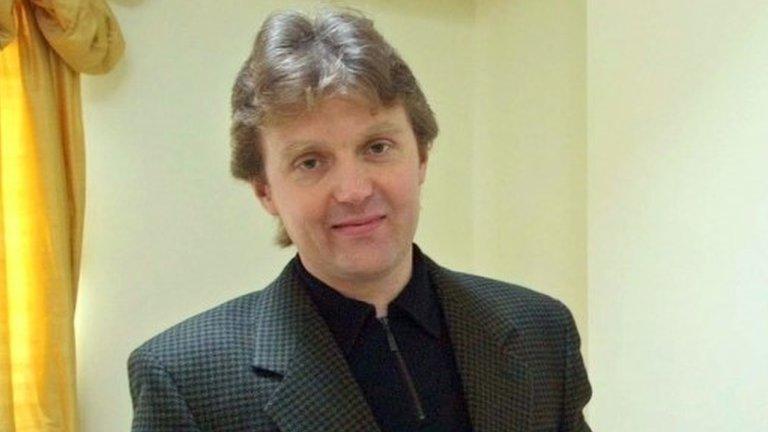Litvinenko inquiry: Key suspect can give evidence
- Published
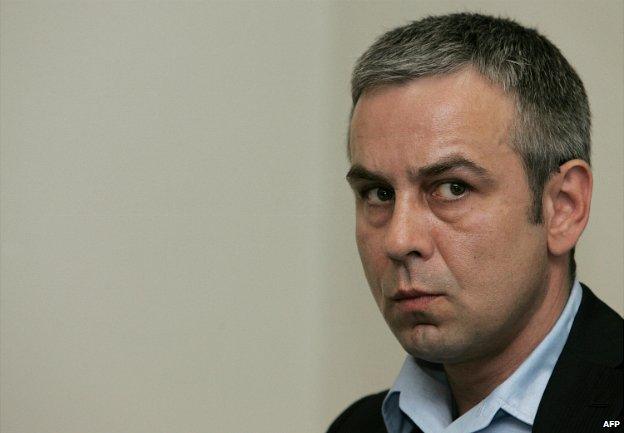
Dmitry Kovtun recently changed his mind and decided to co-operate with the inquiry
One of the key suspects in the murder of former Russian spy Alexander Litvinenko will be allowed to give evidence at the inquiry into his death.
Inquiry chairman Sir Robert Owen said he would grant Dmitry Kovtun "core participant" status at this late stage if he met a number of conditions.
These include providing a witness statement and any relevant evidence.
Mr Kovtun and Andrei Lugovoi are the prime suspects in the 2006 killing in London. Both deny involvement.
It was during a meeting with Mr Kovtun and Mr Lugovoi at a London hotel in November 2006 that Mr Litvinenko drank tea containing a fatal dose of the radioactive substance polonium-210.
The 43-year-old had been an officer with the Federal Security Service - the successor to the KGB - but fled to Britain where he became a UK citizen and fierce critic of the Kremlin.

Mr Litvinenko died three weeks after drinking tea laced with radioactive poison
Both suspects had initially refused to take part in the inquiry, which opened in January.
However earlier this month, Mr Kovtun offered to co-operate with the inquiry and give his version of events via video-link from Moscow.
Sir Robert said he would allow the suspect to give evidence to the inquiry on 27 July, provided he submitted all relevant material by 22 May.
He said Mr Kovtun would not be granted access to restricted confidential material despite his core participant status, putting him in the same position as Mr Litvinenko's widow Marina and the Metropolitan Police.
He stressed Mr Kovtun would only be allowed to put questions to the inquiry through a recognised legal representative and any witnesses who had already given evidence would not be recalled.
Sir Robert said: "This application could and should have been made months ago. He will be expected to co-operate fully with the inquiry in relation to the proceedings."
'Destabilising information'
Meanwhile, the inquiry heard on Monday that Mr Litvinenko tipped off authorities about an alleged Russian-backed plan to launch a terror attack in Italy
Italian journalist and politician Paolo Guzzanti said Mr Litvinenko had passed on information to the Mitrokhin Commission, which was investigating the KGB's links in Italy.
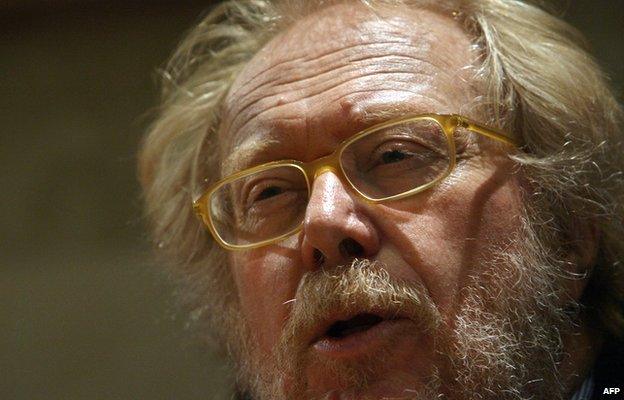
Paolo Guzzanti was chairman of a parliamentary commission looking into KGB links in Italy
Mr Guzzanti, who was president of the Mitrokhin Commission, told the public inquiry at London's Royal Courts of Justice that Mr Litvinenko had told security consultant Mario Scaramella that weapons were being transported from Ukraine to Naples.
He said: "Litvinenko was aware of a traffic of weapons - unknown weapons, chemical weapons, nuclear weapons or just pistol guns, nobody knew - coming from Ukraine to Naples.
"[It was] probably intended to be used for a terrorist attack. These words were from Scaramella, coming from Litvinenko."
He continued: "These arms were supposed to [be] travelling to an ex-KGB or current KGB agent, a refugee, illegally living in Naples.
Mr Guzzanti said the information could have been a motive for his murder, adding: "It was very destabilising information".
The inquiry was adjourned until the next provisional hearing on 27 July.

The Litvinenko case
23 Nov 2006 - Mr Litvinenko dies three weeks after having tea with former agents Andrei Lugovoi and Dmitri Kovtun in London
24 Nov 2006 - His death is attributed to polonium-210
22 May 2007 - Britain's director of public prosecutions decides Mr Lugovoi should be charged with the murder of Mr Litvinenko
31 May 2007 - Mr Lugovoi denies any involvement in his death but says Mr Litvinenko was a British spy
5 Jul 2007 - Russia officially refuses to extradite Mr Lugovoi, saying its constitution does not allow it
May-June 2013 - Inquest into Mr Litvinenko's death delayed as coroner decides a public inquiry would be preferable, as it would be able to hear some evidence in secret
July 2013 - Ministers rule out public inquiry
Jan 2014 - Marina Litvinenko in High Court fight to force a public inquiry
11 Feb 2014 - High Court says the Home Office had been wrong to rule out an inquiry before the outcome of an inquest
July 2014 - Public inquiry announced by Home Office

- Published22 March 2015
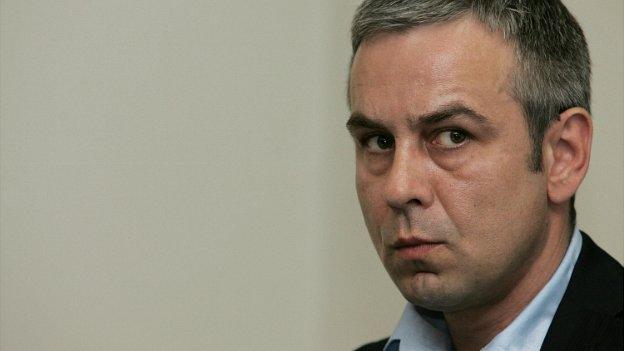
- Published21 January 2016
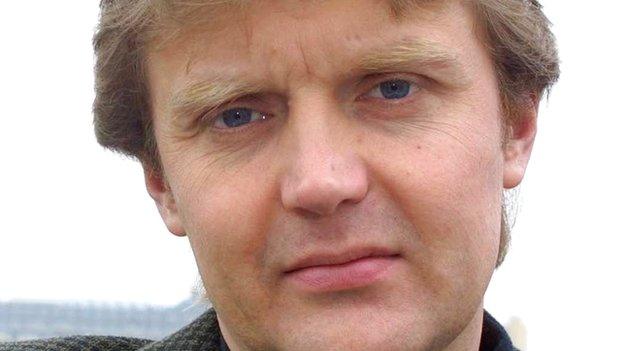
- Published27 January 2015
